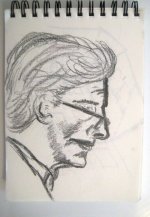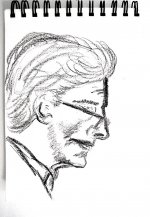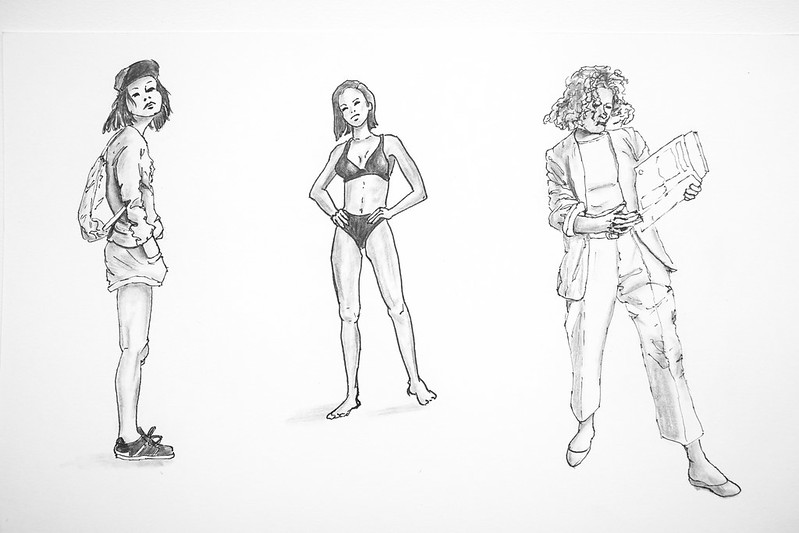- Messages
- 175
- Name
- Andrew
- Edit My Images
- Yes
I'm having trouble getting the exposure perfect when photographing drawings (pencil or charcoal on paper). I currently do it by bracketing. f10 1/100 is best setting so far for most. I can get quite close but it's never 100% satisfactory. It's as though I need another fraction of a stop to get the perfect exposure. It would be good if I didn't have to do so much bracketing too.
There can be a few pencil marks on the paper or almost covered in thick charcoal.
Equipment used: X2 Smartflash - D3200 - 60mm and 30mm lens (depending on size of drawing).
Settings: f10 1/100 ISO 100 Manual
Could I buy a light meter that will find the perfect exposure Etc.? I have a grey card.
Or can I make further refinements with my D3200? Something I'm missing?
There can be a few pencil marks on the paper or almost covered in thick charcoal.
Equipment used: X2 Smartflash - D3200 - 60mm and 30mm lens (depending on size of drawing).
Settings: f10 1/100 ISO 100 Manual
Could I buy a light meter that will find the perfect exposure Etc.? I have a grey card.
Or can I make further refinements with my D3200? Something I'm missing?




